Optithrocin® Eye Ointment
Product Description
The Entod International Group strived hard to tackle this issue with regulatory agencies in India, however there were repeated clarifications about the DPCO status for all forms of erythromycin and decreasing hopes of further consultations. In 2006 the US FDA along with several US research institutions were looking beyond Erythromycin and focusing its research efforts at a derivative of Erythromycin called Azithromycin (an azalide macrolide antibiotic).
Azithromycin was found to have a longer half-life, improved bioavailability, increased tissue penetration and persistence than erythromycin. Azithromycin was shown to have a potency up to four times higher than erythromycin against Haemophilus influenza and Neisseria gonorrhea. Furthermore azithromycin was shown to be particularly effective against Chlamydia trachomatis,the main cause of preventable blindness in developing countries,which affects the conjunctiva and lids.
Subsequent studies in the US consistently showed Azithromycin to be one of the few antibiotic classes that achieve therapeutic concentrations in the eye lids. The combination of inherent anti-inflammatory properties along with the high and prolonged tissue concentrations suggested that topical azithromycin has the potential to serve as a highly effective treatment option for patients experiencing a wide range of conditions associated with the lid margin and ocular surface.
In 2007 the US FDA approved the first ophthalmic formulation of azithromycin and since then has been widely prescribed by ophthalmologists worldwide for a range of ocular conditions.
The Ointment Challenge
Until 2011 there was only a 1% Azithromycin ophthalmic solution available in the global market. However this posed problems for markets like India due to the requirement for refrigeration of the solution leading to problems in logistics and storage. Furthermore the Indian prescribing trends showed that a strong preference for ointments in the treatment superficial ocular infections. In the absence of commercially viable erythromycin the only option for the Entod International Group was to develop a 1% azithromycin ointment which could be stored at room temperature.
Since early 2010 our research facilities in London (ERC Biolab) along with our formulation and research teams started working towards an ointment form of azithromycin. The problem was that the azithromycin raw material was heat sensitive . This made it difficult to formulate as the usual manufacturing process for ointments involve dissolving the raw material at higher temperatures. At such high temperatures there was potential for the azithromycin to degrade.
In 2011 Entod’s ERC Biolab in collaboration with its European research partners standardized an innovative ointment manufacturing process that dissolved the Azithromycin at a higher concentration but lower temperature, thereby protecting it from degradation during production. This allowed commercial production of a thermo-stable azithromycin ointment. Furthermore a unique ampiphilic ointment base was used which was known to provide greater corneal dispersion of the drug on the ocular surface. The unique process and ointment base was patent applied and shared with Entod Pharmaceuticals Ltd. (India) and its flagship sterile ointment manufacturer.
What we have now is the Smarter & Better Optithrocin® Ointment containing 1% Azithromycin.
Comparisons with 0.5% Erythromycin Ointment
We would hate to criticize our older version of Optithrocin® (0.5% Erythromycin) as it was a great formulation success story for the Entod International Group and was a product successfully tried and tested by hundreds and thousands of ophthalmologists worldwide. However the newer generation molecules always seem to steal the limelight especially if they show better pharmacological and pharmacokinetic properties.
In studies topical Azithromycin 1% was shown to be superior to topical Erythromycin 0.5% in treatment of blepharitis. In addition to this topical Azithromycin 1% was shown to have excellent clinical responses in treatment of bacterial conjunctivitis, meibomian gland dysfunction and contact lens-related dry eye.
Furthermore it was proven to be safe in adults, children and neonates.
Erythromycin 0.5% ointment was considered a great treatment for ophthalmic neonatorum. However in the absence of commercially available ocular erythromycin ointments, the American Academy of Paediatrics (AAP) & Center for Disease Control and Prevention (CDC USA) recommended topical Azithromycin as a highly useful potential alternative in this area of medicine.
Although more clinical data on the use of 1% Azithromycin ointment in ophthalmology is required, Optithrocin® Eye Ointment presents itself as a great potential for treatment of superficial ocular infections and for use in children/neonates.
ONLY FOR QUANTITY 500 AND ABOVE FOR WHOLE SALE ONLY
| Weight | 0.5 kg |
|---|































































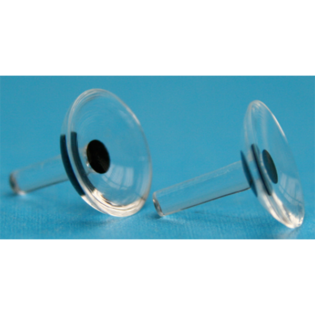


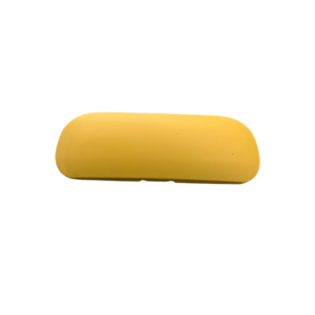

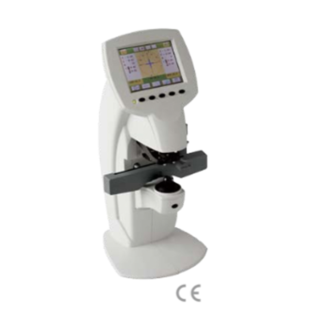

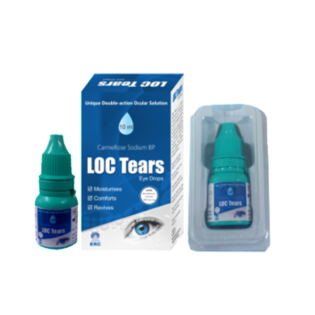
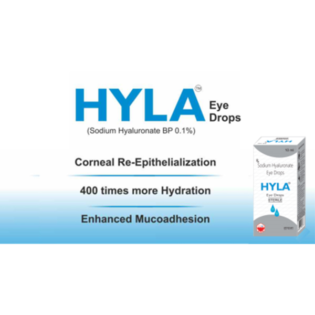






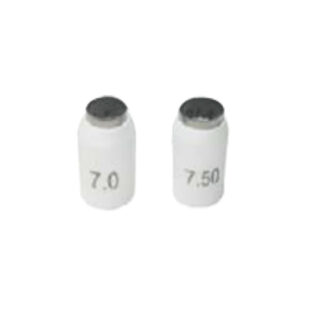
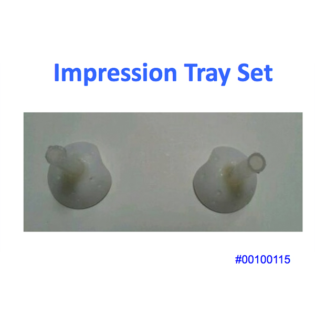



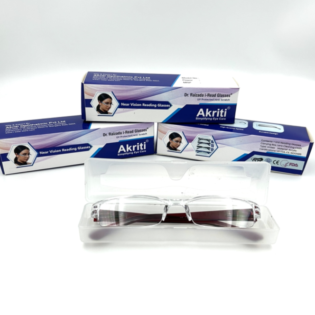









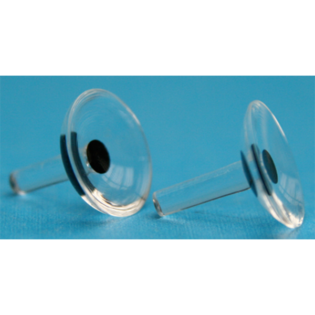

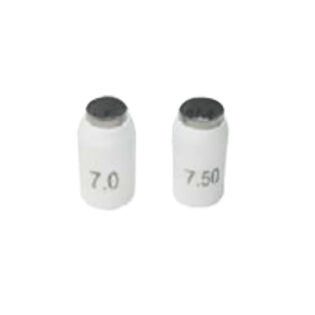


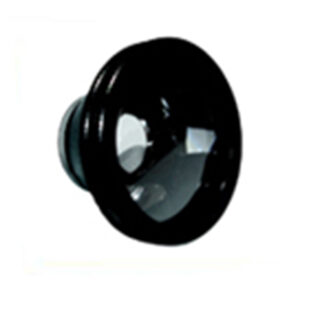

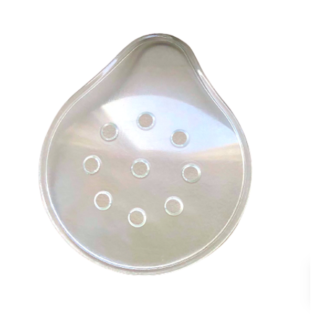


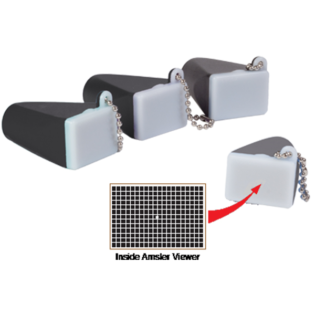


















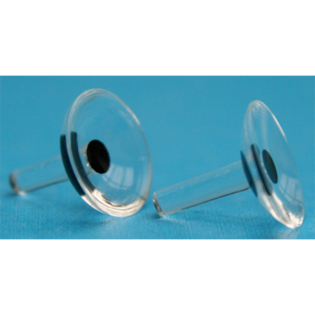
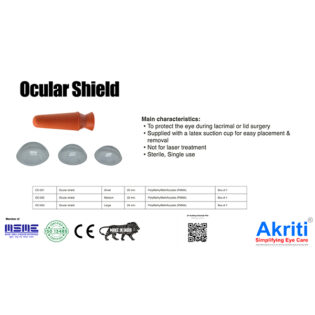
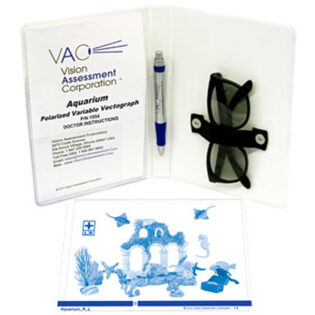


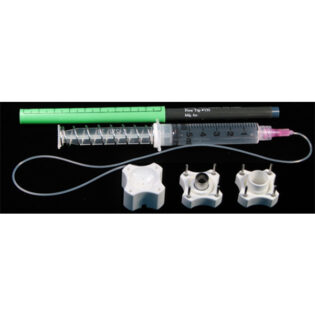






Reviews
There are no reviews yet.